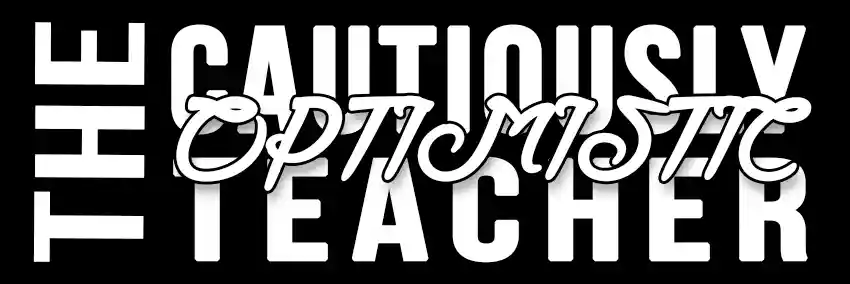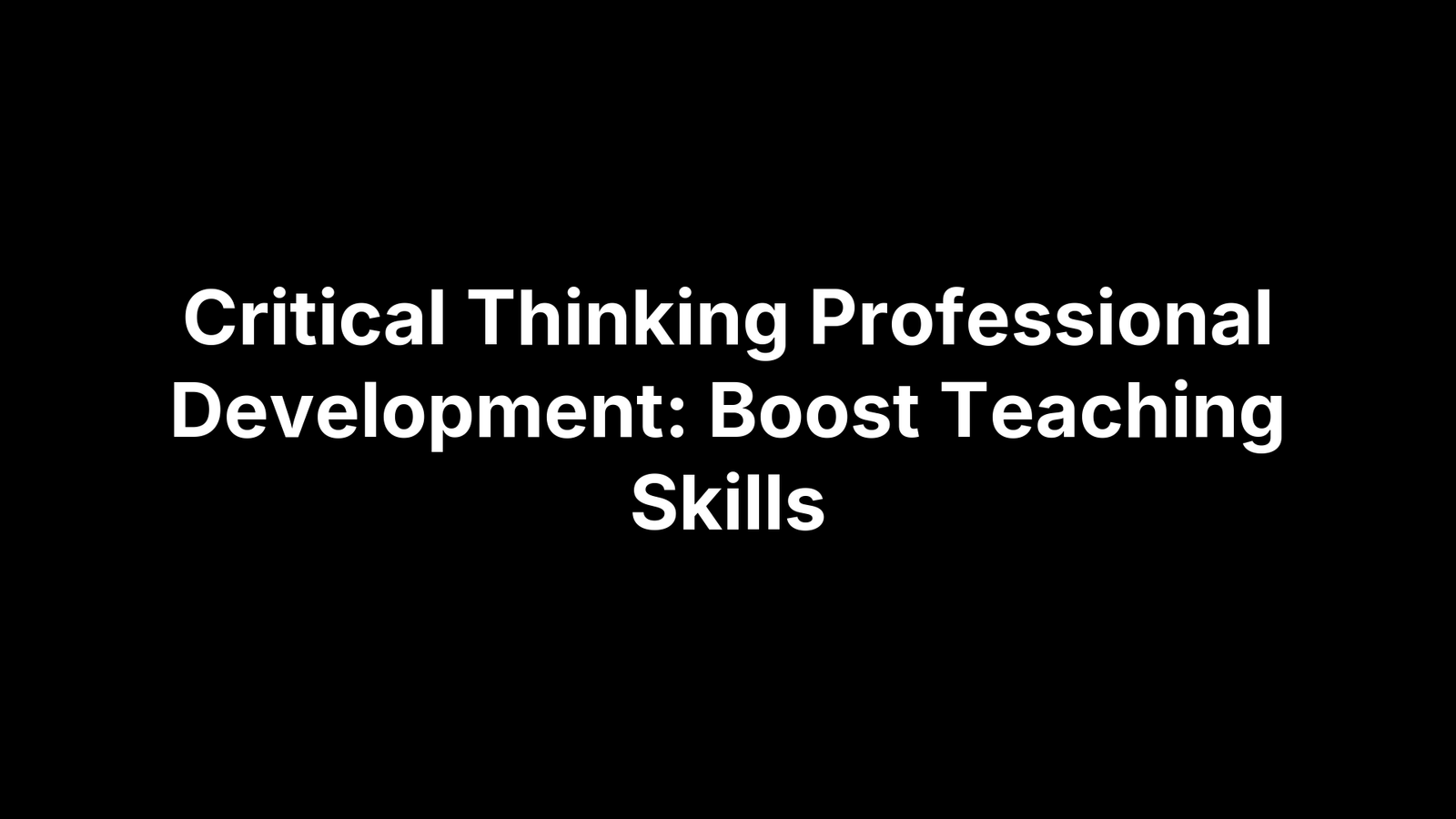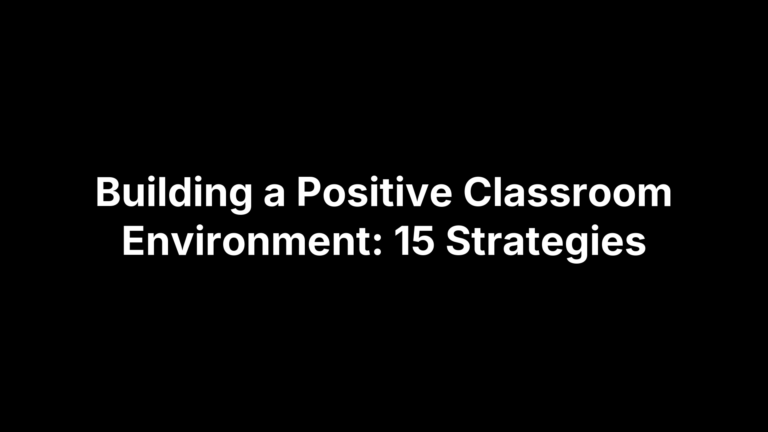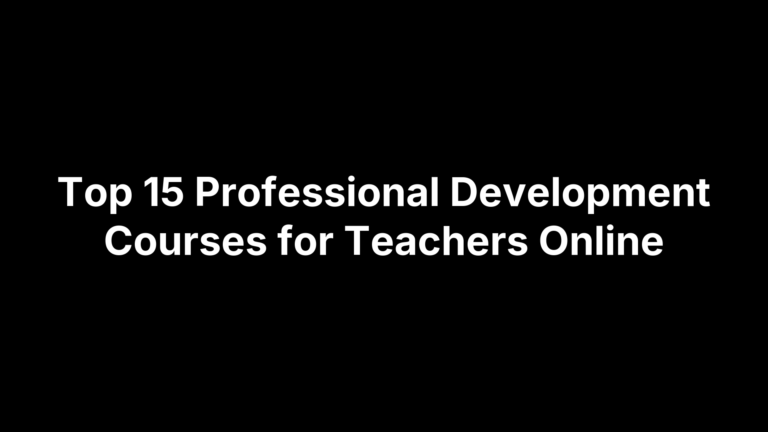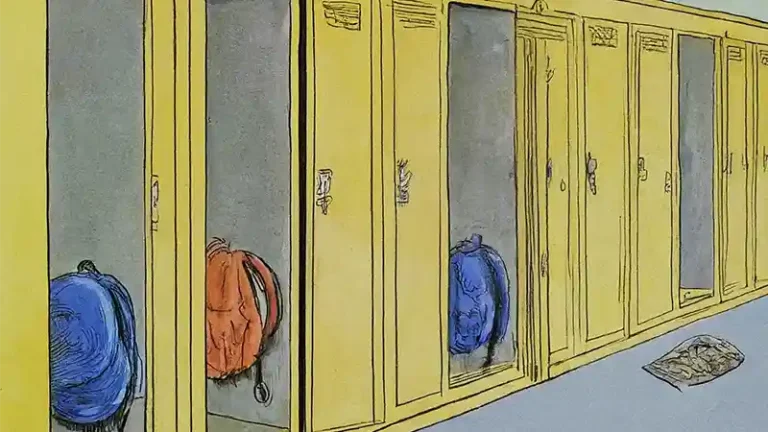Critical Thinking Professional Development: Boost Teaching Skills
Seventy-eight percent of hiring managers rank critical thinking as the number-one skill they need but can’t find. Teachers notice the same gap every time a student repeats an answer instead of questioning it. If you’re ready to close that gap, this guide will walk you through practical, classroom-tested professional-development moves that fit any grade level or subject.
By the final section you’ll be able to (1) define the competencies you value, (2) pinpoint teacher and student gaps, (3) choose the PD formats that suit your schedule and budget, (4) craft a calendar-based implementation plan, (5) weave critical-thinking routines into daily lessons, and (6) track growth with clear metrics. Because critical thinking sits at the heart of the 4 C’s, sharpening it lifts student outcomes, boosts your own job satisfaction, and positions you for career advancement. Let’s walk through the process, one actionable step at a time.
Clarify What Critical Thinking Looks Like in Your Classroom
Before you choose any critical thinking professional development, get crystal-clear on what “good” actually looks like for you and your students. A shared vision prevents vague goals and lets you gather evidence that growth is happening.
Unpack the 4 C’s and Their Classroom Implications
- Communication – students explain ideas in multiple formats, cite sources.
- Collaboration – teams negotiate roles, revise after peer feedback.
- Critical Thinking – learners question assumptions, weigh evidence, justify claims.
- Creativity – they generate novel solutions, iterate prototypes.
Administrators often embed these indicators in walkthrough checklists, so naming them tightens alignment with evaluation rubrics.
Explore the 3 C’s Micro-Framework: Curiosity, Clarity, Coherence
Use this quick lens to scaffold deeper reasoning:
| 3 C | Teacher Prompt | Observable Student Behavior |
|---|---|---|
| Curiosity | “What do you notice or wonder?” | Asks follow-up questions |
| Clarity | “Can you restate that in one sentence?” | Removes vague language |
| Coherence | “How does this connect to our goal?” | Links ideas logically |
Align Higher-Order Thinking Skills to Standards
Map tasks to Bloom and Webb:
- “Compare two news editorials for bias” (Bloom Analyze; DOK 3)
- “Design an experiment on friction variables” (Bloom Create; DOK 4)
Paste these verbs into lesson objectives to satisfy curriculum audits while keeping critical thinking front and center.
Diagnose Your Starting Point with Self-Assessment and Student Data
Great professional learning starts with an honest snapshot. A quick baseline saves you from buying random courses and lets you choose the critical thinking professional development that targets the biggest pay-off. Grab a notebook (or Google Form) and collect evidence from two angles: your own practice and your students’ work.
Conduct a Reflective Teacher Audit
Rate each statement 1 (rarely) – 5 (always). Total your score and circle two low items as priorities.
- I model metacognition aloud
- I press for evidence, not answers
- I allow wait time after questions
- I use multiple possible-answer tasks
- I teach logical fallacies
- I reference real-world problems
- I scaffold peer critique
- I display student thinking visually
- I track questioning levels in plans
- I reflect on lesson data weekly
Analyze Student Work Through a Critical-Thinking Lens
Select three recent assignments. Use a simple claim-evidence-reasoning rubric or mark logical missteps with colored sticky notes. Photograph exemplars and struggles to build a digital baseline portfolio.
Identify the Highest-Leverage Skill Gaps
Plot current vs. desired performance in a 2 × 2 matrix (impact × effort). Focus your next PD cycle on one or two gaps that promise maximum learning return.
Explore Professional Development Pathways and Choose the Right Fit
There’s no one-size-fits-all route to stronger critical thinking; the best pathway is the one you will actually finish. Use the options below to match your goals, budget, and calendar before spending a dime on critical thinking professional development.
Compare Delivery Formats: Workshops, Courses, Coaching, PLCs
- Workshops (1–2 days) – high energy and networking; learning often plateaus without follow-up. Perfect for kick-starting a school-wide initiative.
- Graduate or micro-credential courses – deep theory and evidence; 6–12-week commitment. Great for salary lanes or license renewal.
- 1:1 Coaching – customized demonstrations and feedback; hinges on trust and release time. Most powerful for shifting daily practice.
- Professional Learning Communities (PLCs) – peer-driven, zero cost; can drift without clear norms. Ideal for sustained analysis of student work.
Ask yourself: Do I need live interaction? Is funding available for substitutes? How much time can I protect each week?
Evaluate Online Platforms and Resource Hubs
| Platform | Typical Cost | Time Needed | Certificate? | Niche Strength |
|---|---|---|---|---|
| The Cautiously Optimistic Teacher | Free–$49 | Self-paced micro-modules | Yes (badge) | AI lesson tools, teacher blogs |
| Foundation for Critical Thinking | $$–$$$ | Customizable | Yes | On-site or virtual workshops |
| Coursera / edX MOOCs | Free–$79 | 4–8 weeks | Optional | University research backing |
| AMA & corporate training | $$$ | 2–3 days | Yes (CEU) | Business-oriented problem-solving |
Match the resource focus to the skill gaps you flagged earlier; a slick certificate is useless if it doesn’t move student thinking.
Leverage Free and Low-Cost Opportunities
- Slot district PD days or lunch-and-learns for micro-learning chunks.
- Bookmark open-access PDFs, podcasts, and recorded webinars; queue them during commute time.
- Schedule 15-minute calendar blocks each Friday to apply one new questioning strategy.
The cheapest option is the one you consistently use—and consistency is what turns information into transformation.
Plan a Scaffolded PD Roadmap Aligned to the School Calendar
Random workshops fizzle when they aren’t anchored to a timeline. A calendar-based roadmap turns your critical thinking professional development into a living project with checkpoints, deliverables, and visible wins that keep momentum high even during grading marathons.
Set SMART Goals and Success Metrics
Translate your priority gaps into one sentence that is Specific, Measurable, Achievable, Relevant, and Time-bound.
Example: “By the end of second quarter, 80 % of students will embed at least two pieces of cited evidence in analytical paragraphs, as verified by the CER rubric.” Post the goal in your plan book, your PLC agenda, and your administrator’s inbox so everyone is looking at the same target.
Sequence Learning: Foundational Concepts to Advanced Application
Sketch a month-by-month arc:
- Aug–Sept: establish classroom norms, introduce the 3 C’s prompts.
- Oct–Nov: practice questioning strategies and visible-thinking routines.
- Dec–Jan: launch a mini-PBL that demands evidence-based reasoning.
- Feb–Mar: refine with peer critique and advanced logical fallacy lessons.
- Apr–May: showcase learning via debates or inquiry fairs, then collect reflection data.
Each phase layers skills, so new knowledge rests on mastered habits.
Build Accountability and Support Structures
Embed guardrails: peer-observation swaps every six weeks, a shared tracker in Google Sheets, and micro-credential submissions after each phase. Triads work best—two colleagues observe while one teaches—because feedback feels collaborative rather than evaluative. Schedule quick debriefs during common planning to keep the loop tight.
Apply Critical-Thinking Strategies in Daily Instruction
Professional learning only sticks when it shows up in tomorrow’s lesson plan. The moves below translate your critical thinking professional development into concrete routines students experience every period, regardless of content area or grade level.
Use Intentional Questioning Techniques
- Plan three tiers of queries on your lesson sheet:
- Level 1 (“What does the graph show?”)
- Level 2 (“Why might the slope matter?”)
- Level 3 (“How would a steeper slope change our conclusion?”)
- During discussion, cold-call, then wait a silent five-count; research shows wait time doubles the length of student responses.
- Close with a micro-reflection: “Which question today stretched your thinking the most and why?”
Implement Problem- and Project-Based Learning
- Launch with an “entry event” that exposes a real problem—e.g., the cafeteria produces 50 lbs of waste daily.
- Students draft a Need-to-Know list, assign research roles, and iterate a solution across seven PBL steps (build background, inquire, prototype, critique, revise, present, reflect).
- Insert quick formative checks—exit tickets, Kanban board updates—to keep teams accountable without micromanaging.
Strengthen Analytical Writing and Discussion Protocols
Introduce the CER frame on day one: Claim → Evidence → Reasoning. Model an exemplar paragraph, color-coding each part, then give students this peer-feedback stem: “One strength of your reasoning is …, and one question I still have is ….” Rotate to Harkness Table once a week so learners practice speaking the same logical structure they write.
Harness Technology to Amplify Higher-Order Thinking
- Feed a reading passage into the site’s AI Question Generator to produce tiered prompts in seconds.
- Use collaborative whiteboards like FigJam for “visible thinking” hexagon mapping.
- Have science classes drop lab data into Google Sheets and graph trends; require students to annotate anomalies directly on the chart.
These everyday habits transform isolated PD insights into a classroom culture that expects, supports, and celebrates rigorous reasoning.
Assess, Reflect, and Iterate for Continuous Improvement
Collecting evidence closes the loop on your critical thinking professional development. Without data, you’re guessing which strategies work; with it, you can double-down on winners and ditch the fluff.
Use Formative and Summative Assessment Tools
- Standards-aligned rubrics for the 4 C’s or CER outline
- Performance tasks, Socratic seminars, portfolio artifacts
- Student self-checks and quick Google Forms exit polls
Log scores in a simple spreadsheet or your LMS gradebook, then graph class averages every four weeks to visualize growth.
Follow a Plan-Teach-Reflect-Revise Cycle
After each unit, jot a three-column note:
| What Happened | Evidence | Next Move |
|---|---|---|
| Wait time increased talk length | Avg. response 18 → 31 sec | Keep; train students to probe peers |
Review these notes during PLC or coaching meetings to select one small adjustment before reteaching.
Celebrate Success and Share Best Practices
Momentum thrives on recognition:
- Host a “Critical-Thinking Showcase” night where students present inquiry projects.
- Post mini case studies on the school blog or staff Slack channel.
- Invite a new colleague to observe your next lesson and co-plan their own.
Intentional celebration sustains the cycle of assess, reflect, and iterate.
Troubleshoot Obstacles and Sustain Momentum
Even the best‐laid PD plans hit snags—bell schedules tighten, skeptics question value, and student energy dips midyear. Anticipating these bumps keeps your critical thinking professional development rolling instead of stalling.
Manage Time Constraints and Curriculum Coverage Pressure
- Open every class with a 5-minute “thinking bell ringer” that previews standards you’ll teach anyway.
- Swap one low-level worksheet per unit for a high-impact CER exit ticket; coverage stays intact.
- Batch-plan questioning levels across a week, not daily, to reduce prep time.
Build Stakeholder Buy-In with Evidence
- Compile a one-page infographic showing rubric growth and student quotes; email it before data meetings.
- Reference employer stats (78 % rank critical thinking #1) to align with district college-career goals.
- Invite administrators to observe a Socratic seminar and debrief for 10 minutes.
Keep Students Motivated and Ensure Equity
- Offer differentiated entry points: sentence stems, graphic organizers, or audio responses.
- Spotlight diverse thinkers—from Mae Jemison to Neil Gaiman—to counter stereotype threat.
- Use random name selectors and “pass” options so every voice is heard without anxiety.
Bringing It All Together
Here’s the streamlined roadmap:
- Define the critical-thinking competencies you value.
- Diagnose teacher and student gaps with audits and rubrics.
- Select PD formats that fit your time, budget, and goals.
- Plan a calendar-based sequence with SMART checkpoints.
- Apply questioning, PBL, and analytical routines daily.
- Assess → Reflect → Iterate to keep momentum alive.
Pick one strategy—maybe a 5-minute bell ringer or a curiosity prompt—and schedule it for this week. Then add a calendar alert for your next PD milestone so progress doesn’t drift. Ready for ongoing support? Grab the free AI tools and weekly newsletter over at The Cautiously Optimistic Teacher and keep your critical-thinking journey moving forward.
